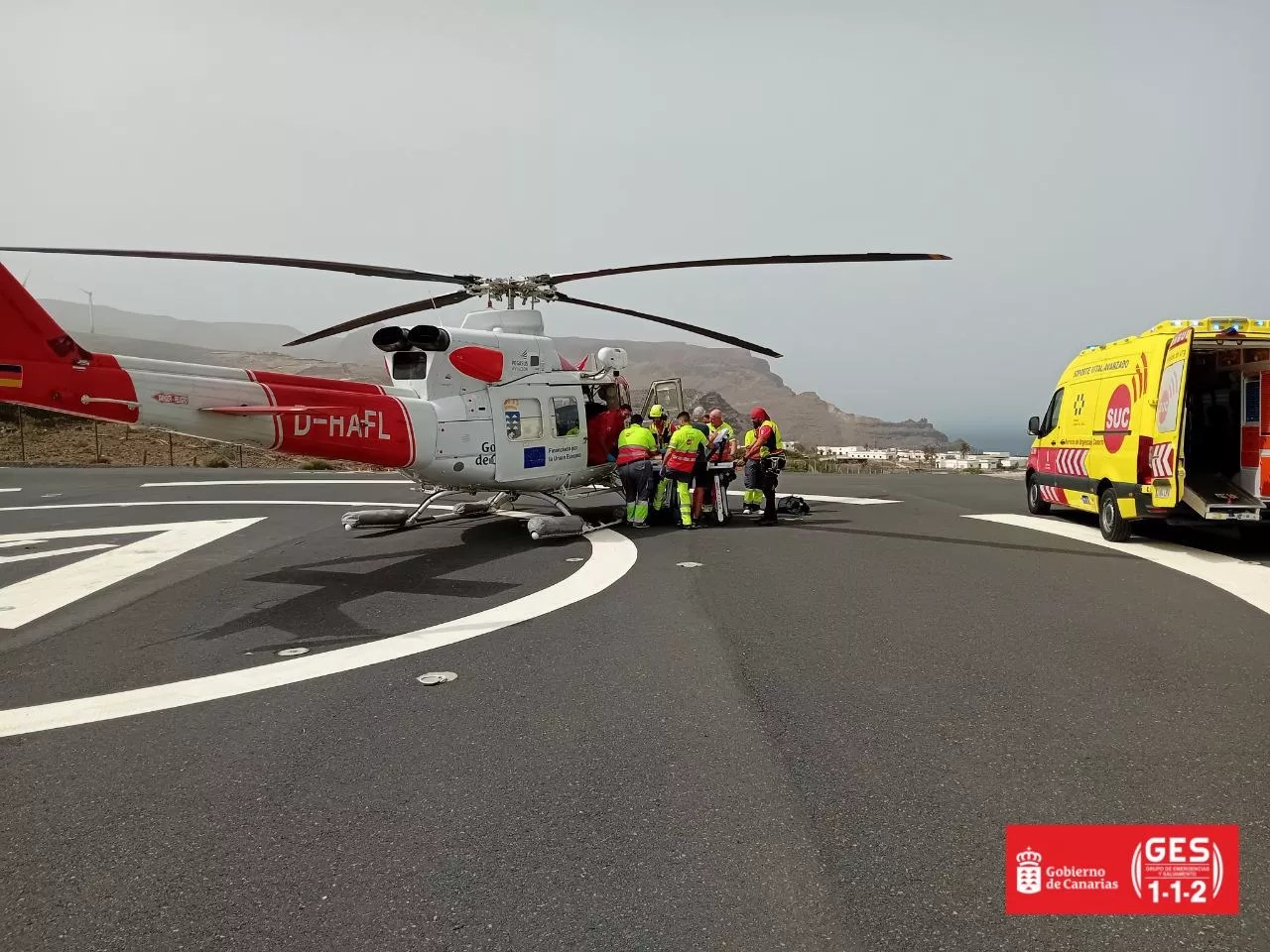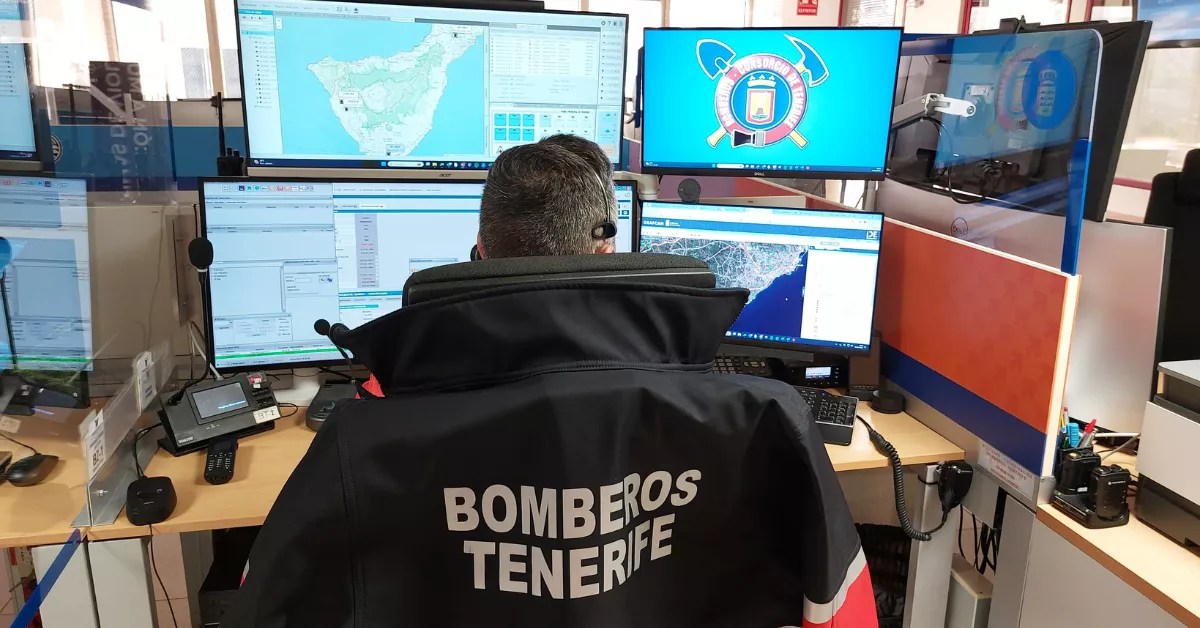Yesterday, the La Laguna City Council held a presentation to unveil the findings from the World Heritage City of La Laguna symposium, which took place 25 years later, on the 3rd and 4th, bringing together specialists focused on the preservation of cultural and natural heritage.
Amongst the proposals, a noteworthy recommendation was to formulate a recovery project for the Plaza del Adelantado, integrating its historic 19th-century avenue, along with enhancing the levels of urban protection for both the Camino de Las Peras and the Camino Largo. This information was shared yesterday by Marisa Tejedor, who coordinated the sessions, alongside the Councillor for Cultural Heritage, Adolfo Cordobés.
“This symposium is part of a reflective process we have initiated to evaluate the efforts of these 25 years, while also exploring the new objectives that the city must pursue to further the conservation of its heritage and the establishment of an integrated sustainable development model,” the mayor remarked.
Marisa Tejedor, current president of the Scientific Council of the Spanish Committee of the Man and Biosphere (MaB) Program of UNESCO, emphasised the “significant participation” witnessed throughout all presentations, outlining the principal recommendations that emerged, which addressed various matters. For instance, she highlighted the two UNESCO designations that the municipality possesses: the Anaga Biosphere Reserve and the historic city, recognised as World Heritage in the Cultural Asset category, endorsing the need to promote cohesion and collaboration among all involved stakeholders.
Additionally, she elaborated, “we learned about the concept of malls and their incorporation into La Laguna, including their historical progression.” The symposium yielded recommendations such as the necessity to integrate “vegetation into the usage and management plans as well as in the developmental instruments of this city.” “The public spaces of the city—squares, gardens, parks, and their immediate surroundings in the Vega Lagunera—must be designed to ensure appropriate integration, with particular recognition of their structural value in urbanism. To exemplify this, a recovery project for the Plaza del Adelantado is recommended, incorporating its original 19th-century avenue, alongside the recovery and interpretative project concerning the old lagoon, which inspired the city’s name, and the reinterpretation of the unfinished avenues of Lucas Vega.”
Furthermore, there is a call to “enhance urban protection levels for the Camino de Las Peras and the Camino Largo to consolidate public spaces for coexistence,” as well as to conduct “a renewed evaluation of the heritage-landscape framework as a strategic necessity based on the European Landscape Convention, mandating informed decisions.”
Among the additional topics discussed at the symposium was a commitment to foster local development through the symbiotic relationship between culture and nature, starting with a heritage assessment programme aimed at understanding the evolution of this relationship and its impact on the local populace. There are also plans to promote an evaluative approach regarding the heritage of Macaronesia.
Honours
The programme, organised by the city council, coincided not only with the 25th anniversary of La Laguna’s designation as a World Heritage Site but also with the 30th anniversary of the Declaration of La Laguna. This declaration was fundamental for the ratification of UNESCO’s assertion on the Responsibilities of Present Generations towards Future Generations, which was likewise discussed during the symposium.
In this context, Marisa Tejedor noted the importance of launching a campaign “to raise awareness and sensitise” the public regarding this declaration, as well as to commence the municipal file of honours and distinctions for the two primary advocates: Federico Mayor Zaragoza and Jacques Cousteau.
















